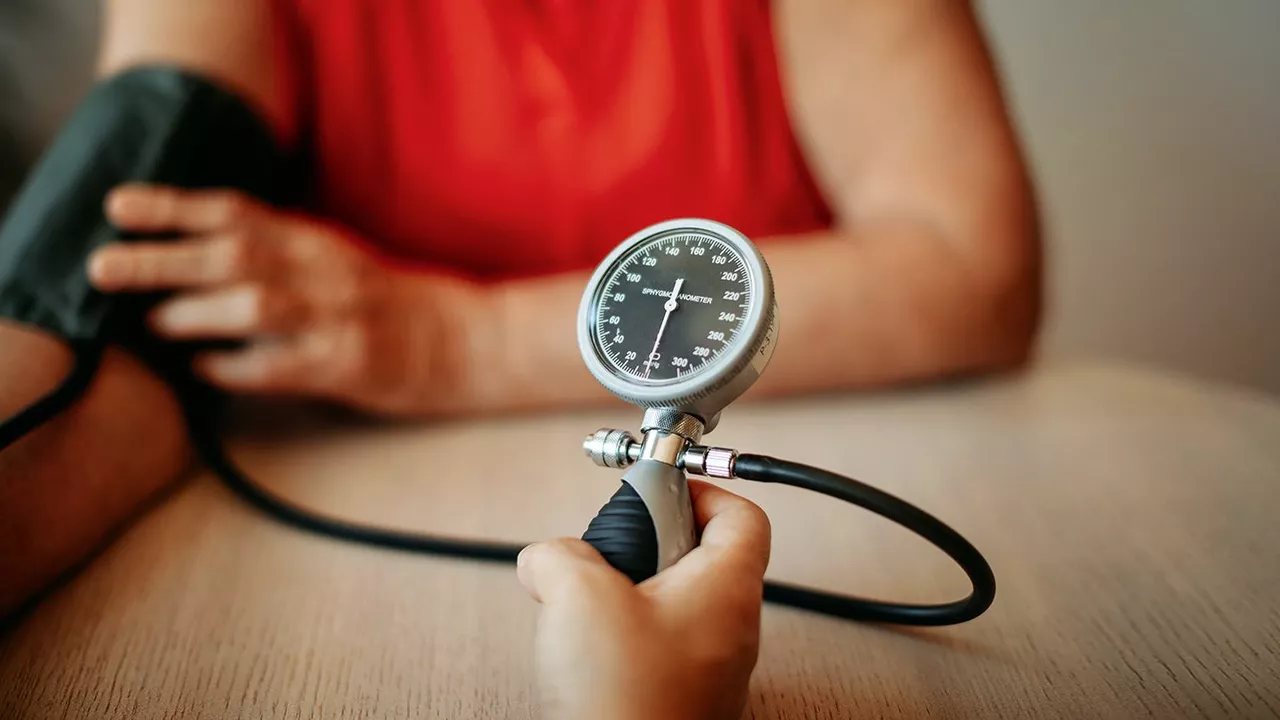Monitoring: How to Track Your Medicines, Tests and Symptoms
Monitoring means keeping an eye on how a medicine or treatment affects you. That can be simple stuff you do at home—like checking a blood sugar or noting side effects—or formal tests your doctor orders. Good monitoring helps catch problems early, keeps treatments working, and makes doctor visits more useful.
What to monitor
Start with clear categories: symptoms, vital signs, lab tests, and drug levels. Symptoms are what you feel—fatigue, headaches, dizziness, stomach upset, mood swings. Vitals include blood pressure, pulse, weight and temperature. Labs are blood or urine tests: kidney and liver function, electrolytes, blood counts, and glucose. For some drugs you need specific blood levels — think warfarin (INR), lithium, or certain anticonvulsants. Your clinician should tell you which of these apply.
Here are quick examples that matter: if you’re on an anticoagulant, INR checks guide dose. If you take metformin, your doctor will watch kidney function. On some psychiatric meds, periodic metabolic labs or drug levels are needed. If you have kidney disease, your phosphate, potassium and creatinine may be monitored. These aren’t random tests—they answer specific safety questions.
How to track and act
Keep a simple log. Write date, medicine, dose, any new symptoms, and test results. Use a notebook, a notes app, or a dedicated medication tracker. Take photos of lab reports so you can compare trends. Bring your log and pill bottles to appointments—this saves time and prevents errors.
Know the red flags that need quick action: sudden shortness of breath, severe rash, chest pain, fainting, very high fever, or signs of bleeding. Also report any sudden change in urine, confusion, or severe stomach pain. If a lab result is out of range, call your clinic and ask what to do next—don’t wait until the next scheduled visit.
Make test timing clear. Some tests must be done before the next dose, fasting, or at steady state after starting a drug. Ask your provider when and where to do the test, and whether you should pause other meds or supplements first.
Use tools: medication reminder apps, pill organizers, and home devices (blood pressure cuffs, glucometers). If you use apps, pick ones that let you export or print data for your clinician. For complex regimens, a one-page medicine list with doses and the reason for each drug helps everyone.
Monitoring is a team job. You, your pharmacist, and your clinician each play a role. Ask for clear instructions about what to watch, which tests are needed, and who will follow up on results. Small, consistent tracking often prevents big problems and makes treatment work better.

The Importance of Monitoring Your Blood Pressure While Taking Ramipril
As someone who takes Ramipril, I cannot stress enough the importance of monitoring my blood pressure regularly. This medication is prescribed to lower high blood pressure, which can help prevent heart attacks and strokes. However, each individual responds differently to medications, so it's crucial to keep track of my blood pressure levels to ensure Ramipril is working effectively for me. Regular check-ups with my doctor are also a must to discuss any adjustments to my dosage, if needed. By staying vigilant and informed, I can make the most of this medication and maintain a healthier lifestyle.
- Health and Wellness (57)
- Drug Information (45)
- Pharmacy Information (19)
- Medical Conditions (17)
- Supplements (4)
- Travel Health (2)
- Parenting (2)
- Diabetes (2)
- Mental Health (2)
- Heart Health (1)
-
Choosing the Right Premature Ejaculation Treatment Option
8 Oct 2025 -
Hypertension's Hidden Toll on Bone Health
12 Mar 2025 -
Fenticonazole for Diaper Rash: Is It Safe and Effective?
18 Jun 2023 -
Mail-Order Pharmacy Safety: How Temperature, Timing, and Tracking Keep Your Medications Safe
1 Dec 2025 -
Government Medication Assistance Programs by State: What’s Available in 2025
7 Dec 2025

27.05.23
Alistair Mukondiwa
9